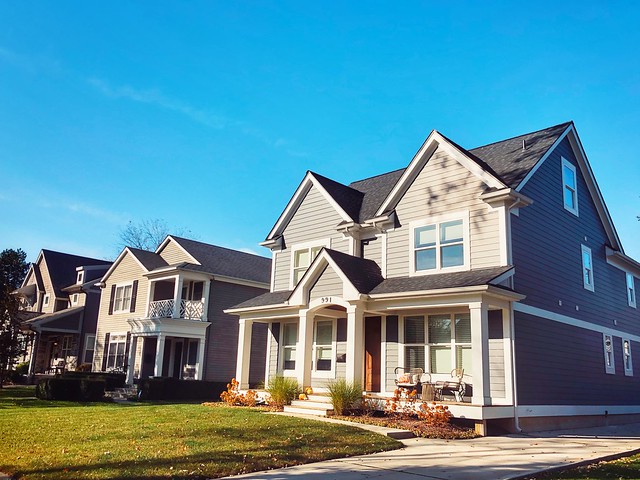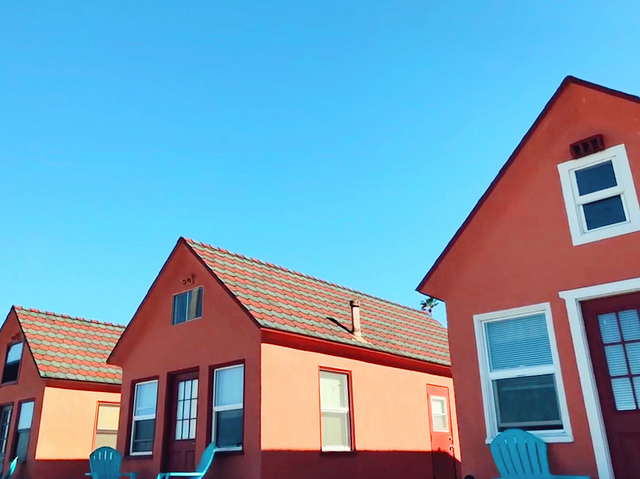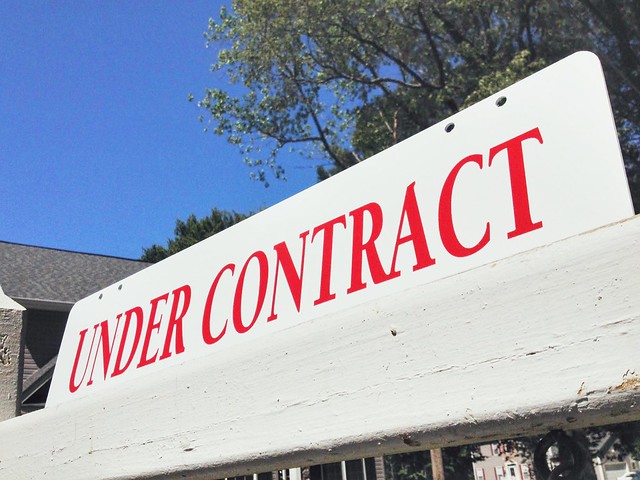Determining how much house you can afford can be complicated. There are a lot of numbers involved. Home prices and mortgage rates are important, of course, but so is your downpayment, household budget, and income. In other words, it’s an equation that’s pretty specific to your financial situation, the house you’re looking at, and which neighborhoods you’re targeting. Ultimately, though, you’re trying to figure out how much your monthly mortgage payment will be. And while it does depend a lot on your particular situation, having a ballpark figure can help you visualize what to expect. So what does the typical mortgage payment look like these days? Well, according to new numbers from the National Association of Realtors, the average monthly mortgage payment on an existing home rose to $1,240 in the fourth quarter of 2021. That’s up $201 from the same time one year earlier. But while rising home prices have pushed mortgage payments higher, Lawrence Yun, NAR’s chief economist, says there’s good news on the horizon. “The good news is that home prices should begin to normalize later in 2022 as more homes come on the market,†Yun says. (source)













